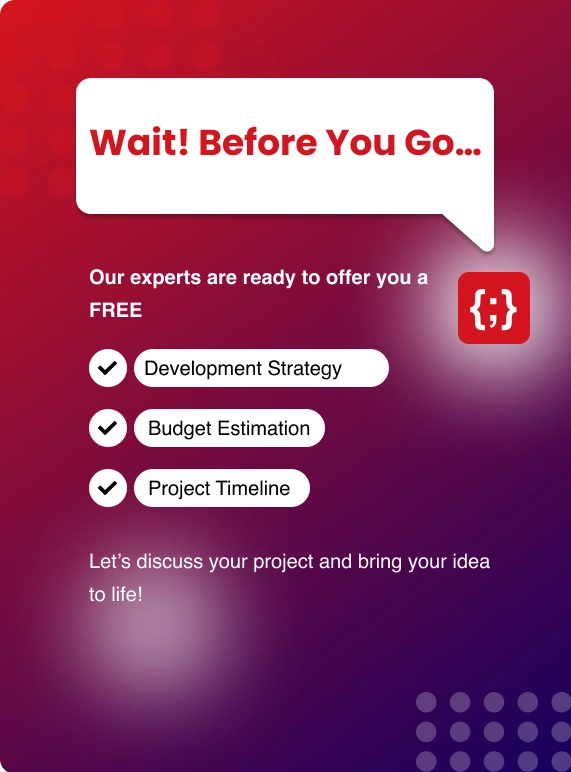In 2025, the pace of digital evolution is faster than ever.
Businesses are under constant pressure to adapt quickly and deliver seamless content experiences across web, mobile, voice, and even IoT devices. According to Statista, global spending on content management software is expected to hit $23.17 billion this year, driven largely by the shift to omnichannel strategies.
The challenge? Traditional CMSs often come with rigid front-end limitations, making it harder to manage and distribute content across mobile apps, websites, smart TVs, kiosks, and other emerging interfaces. That’s where headless CMS steps in—a modern approach that decouples content from presentation, giving businesses the flexibility to deliver it anywhere via APIs.
“Organizations are moving beyond simply managing content—they're orchestrating content across the entire customer journey,”
Whether it's powering product content for eCommerce or pushing localized campaigns across global markets, headless CMS empowers marketing and development teams to work in sync—faster, smarter, and without platform limits.
And with the rise of omnichannel strategies, voice search, AR/VR, and IoT, adopting a headless CMS isn’t just a nice-to-have—it's becoming the backbone of modern digital experience architecture.
What Is Headless CMS?
Conventional CMSs frequently feature a unified architecture, which means that the front end and back end are closely integrated (or the presentation layer, where the content is displayed).
So what exactly is a headless CMS? Its architecture is separated into a headless CMS. Although the headless, decoupled CMS provides back-end content management, it is missing a front-end presentation layer for content display. Instead, the platform must enable developers to alter the presentation layer and use any front-end tool they desire to display content to adhere to the headless CMS definition.
This enables them to deliver content beyond websites (known as headless websites) and apps to any channel, including kiosks, smartwatches, and even virtual reality headsets.
After discussing the definition of a headless content management system, let move on to the best ones currently on the market.
Read More: How Kentico Is Best Cms For E-Commerce Platforms
Features
The following functionalities are used by the majority of headless CMS platforms:
-
Personalization
-
GraphQL API
-
RESTful API
-
Query and Mutations API
-
SDKs and CLI
-
Multi-channel publishing
-
Workflows
-
Editor Interface
-
Asset library
-
Content modeling
-
Versioning
-
Visitor segmentation
-
Roles and permissions
-
Microservices architecture
-
Content types and taxonomy
-
Localization
Let’s Look at some of its advantages and disadvantages of it.
Pros
Headless CMSs offer the following benefits:
1. Front-End Freedom
One of the biggest perks of a headless CMS is that it gives developers full freedom to use any front-end framework or technology—React, Angular, Vue, or even native mobile frameworks like Flutter and Swift. This means your content can live independently of how it looks, allowing creative teams to build tailored user experiences without being restricted by CMS templates or themes.
2. Omnichannel Content Delivery
Content can be pushed seamlessly to any channel—whether it’s a website, mobile app, smartwatch, voice assistant, or even AR/VR interface. Since the content is served via APIs, it becomes platform-agnostic. In today’s multi-device world, this flexibility is a huge asset.
3. Faster Time-to-Market
Because content and design are decoupled, teams can work in parallel. Marketers manage the content, while developers build the front end. This reduces dependencies, accelerates development cycles, and allows for quicker updates without full system redeployments.
4. Better Performance and Scalability
Headless CMS architectures are usually cloud-native, optimized for performance, and can scale globally using CDNs and caching strategies. Pages load faster, and systems handle traffic spikes more gracefully—ideal for growing businesses.
5. Improved Security
Since the back end is separated from the front end, there’s a smaller attack surface. Public-facing systems only interact with APIs, which can be protected with authentication layers, reducing the risk of CMS-specific vulnerabilities.
Besides that, there are other minor facilities too that come with it.
Cons
Let’s look at some of its disadvantages of it too:
1. No Presentation Layer
Unlike traditional CMS platforms that include themes and WYSIWYG editors, headless CMS doesn’t offer a built-in way to preview or manage content layout. You need a developer to build and maintain the front end. Some teams also use an AI presentation maker to prototype visual layouts before developers implement them.This can be frustrating for non-technical users who prefer a visual editing experience.
2. Higher Setup and Maintenance Costs
While headless CMS gives flexibility, it also demands more effort and cost upfront. You need to invest in setting up the front-end infrastructure, integrating APIs, and maintaining multiple systems. For small businesses or startups with limited technical resources, this can be a barrier.
3. Learning Curve and Team Dependency
Marketing and content teams may face a steeper learning curve, especially if they’re used to tools like WordPress where editing and layout happen in the same place. They often rely more on developers for changes, unless the CMS includes visual tools or a content studio.
4. Complex Architecture
Managing a headless CMS setup usually involves a separate front-end codebase, API gateway, content repository, and deployment workflow. This adds complexity to your development and DevOps processes, especially if you’re scaling to multiple platforms or regions.
Looking for Flexible & Scalable CMS Solutions?
Our Headless CMS development services help you deliver content seamlessly across any device or platform with full control and customization.
Explore Our Headless CMS ServicesTop 5 Headless CMS Platforms
We compiled a list of headless CMS after conducting in-depth research on many platforms. Here are those:
.jpg?lang=en-US)
1. WordPress
While generating content and digital experiences, WordPress VIP users have the option of using a single stack, headless, or hybrid approach. The New York Post, USA TODAY Sports Media, Al Jazeera, Kaiser Family Foundation, and iOne Digital are a few well-known businesses that use WP VIP.
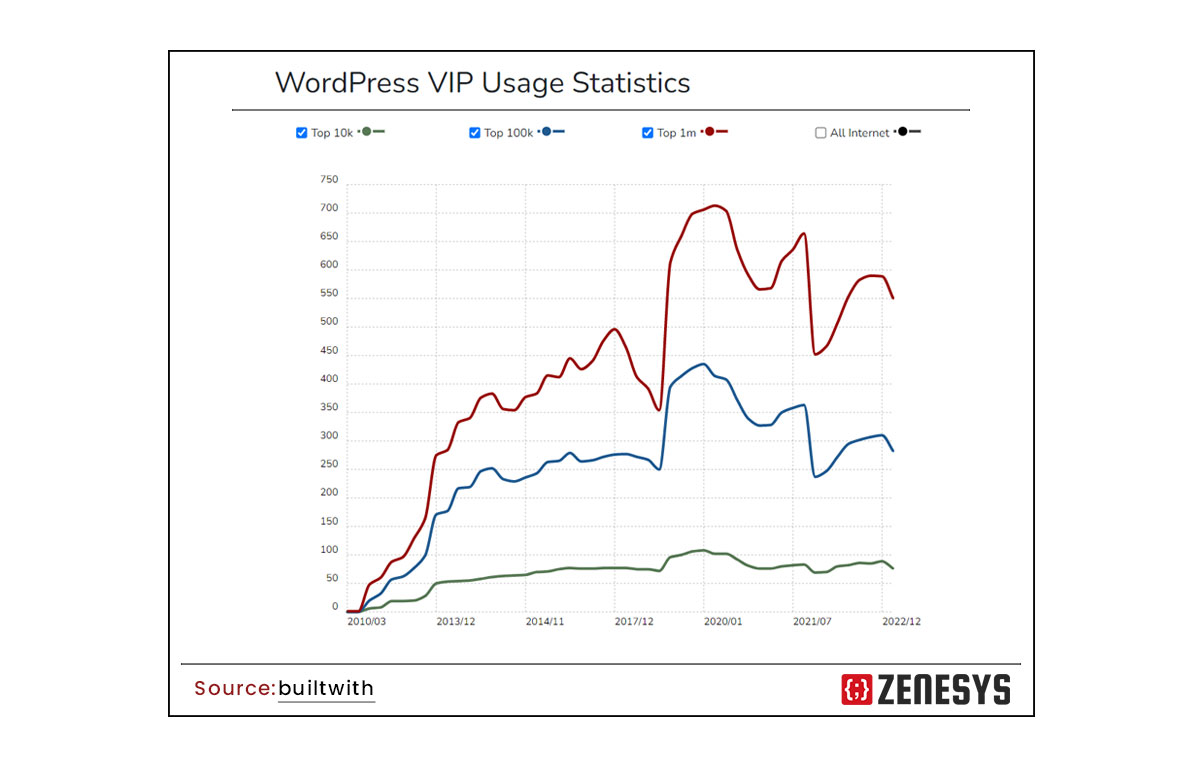.jpg)
If you are looking for the best headless cms for e-commerce, this is the software you may want to use. Many e-commerce businesses use it and it can be considered one of the best e-commerce CMS.
A flexible web content management system called Kentico may be used to create intranets, e-commerce websites, and company websites that are packed with features. Kentico CMS offers editors and developers a complete online experience.
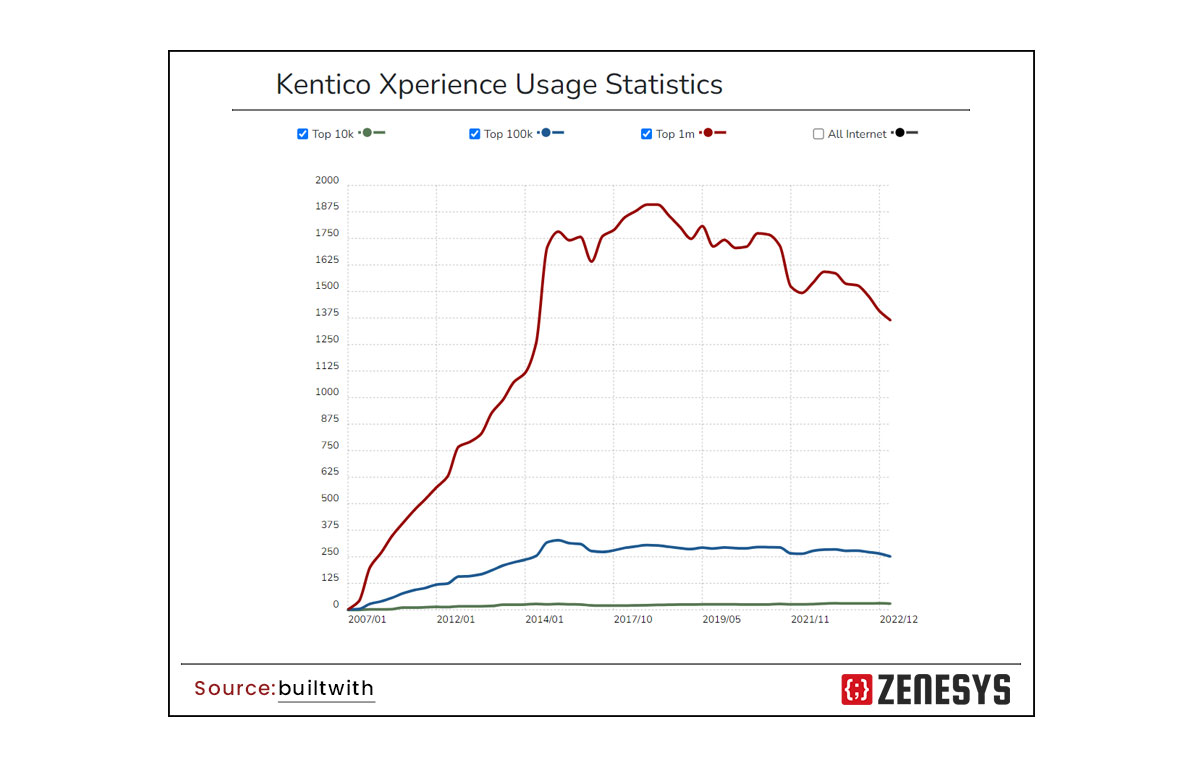.jpg)
Moreover, Kentico website development software can be used to quickly and easily design web pages using basic drag-and-drop features. With the help of the Kentico web developer, users can provide individualized experiences. If you want a more professional website, you can hire a dedicated Kentico developer instead of doing it on your own. The developer will take responsibility for all the aspects of Kentico development and provide you only with the final result.
3. Contentful
The greatest open-source headless CMS platform is Contentful, which enables users to create their content management system. This CMS platform is quicker and easier to use. Users may utilize drag-and-drop tools to create and manage material in their own space. Users of the platform may also create custom themes, which allows them to improve the aesthetic attractiveness of the entire design.
4. Strapi
One of the most popular headless CMS platforms is Strapi. Strapi is a flexible and user-friendly open-source headless CMS. This platform is used by businesses including Walmart, eBay, Toyota, and IBM.
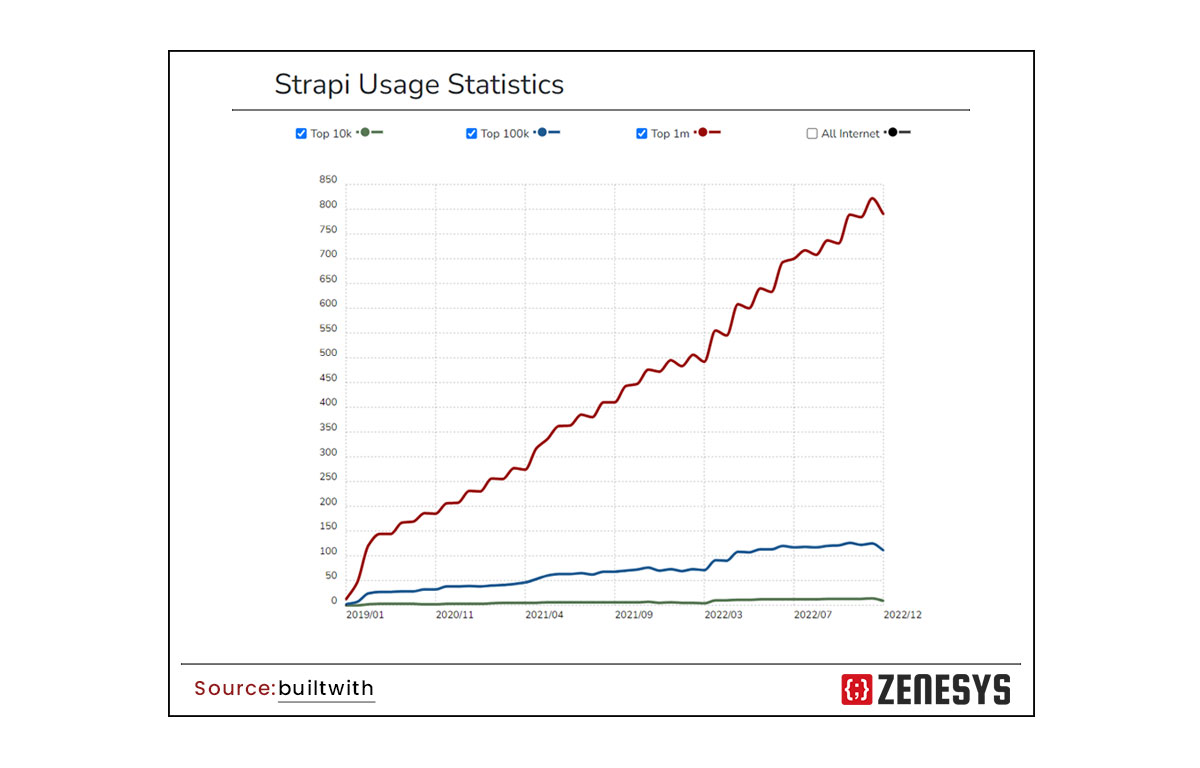.jpg)
Strapi offers an effective, straightforward, and modern user interface. Using NodeJS and a contemporary codebase, there are quick performance features accessible.
5. Sanity
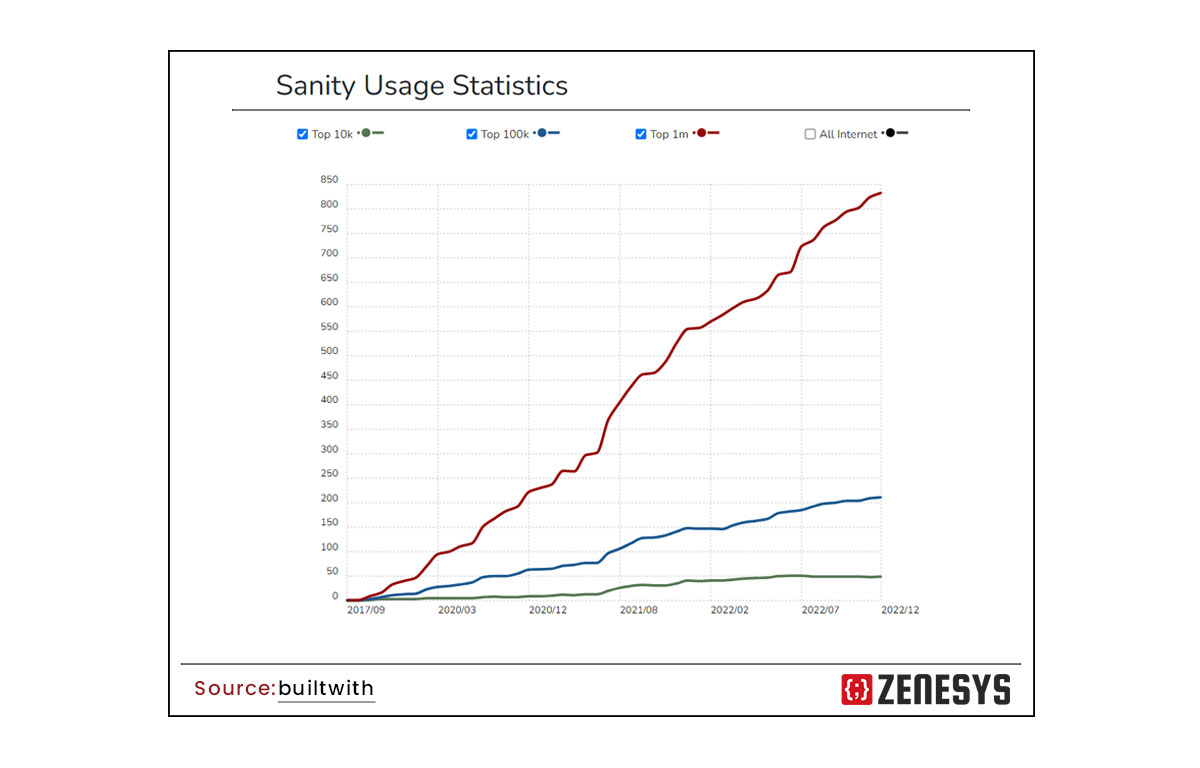.jpg)
Sanity has a magnitude of features including best-in-class collaboration, a mechanism to scale continuously on a safe and legal cloud architecture, and customization at its heart. Rapid configuration and unrestricted customization are possible with Sanity Studio. Also, you may add plugins to it to expand its functionality.
Read also: What Is Cloud-First Headless Cms All About?
On a Concluding Note…
A headless CMS is a type of content management system that frees you from being constrained by a particular front-end layout to manage and arrange the content of your website. This gives you more freedom to customize the look and feel of your website. Therefore, to conclude, all of this indicates that the headless method has a promising future and that there are many things in store for us.

Are you searching for Kentico website development? Contact Zenesys, a Kentico CMS development company that helps you build user-friendly Kentico CMS to provide a rich user experience.

.jpg)

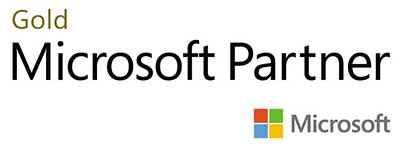.webp?lang=en-US&ext=.webp)

.webp?lang=en-US&ext=.webp)

